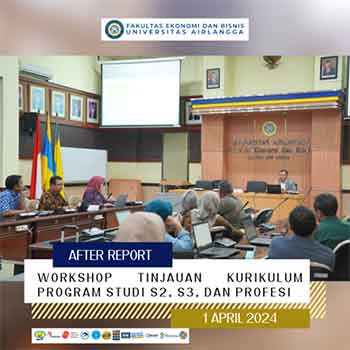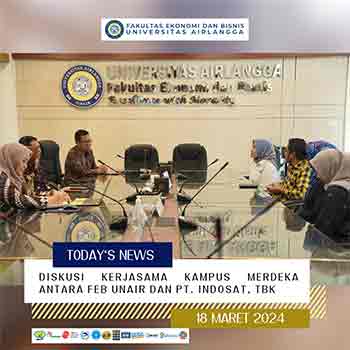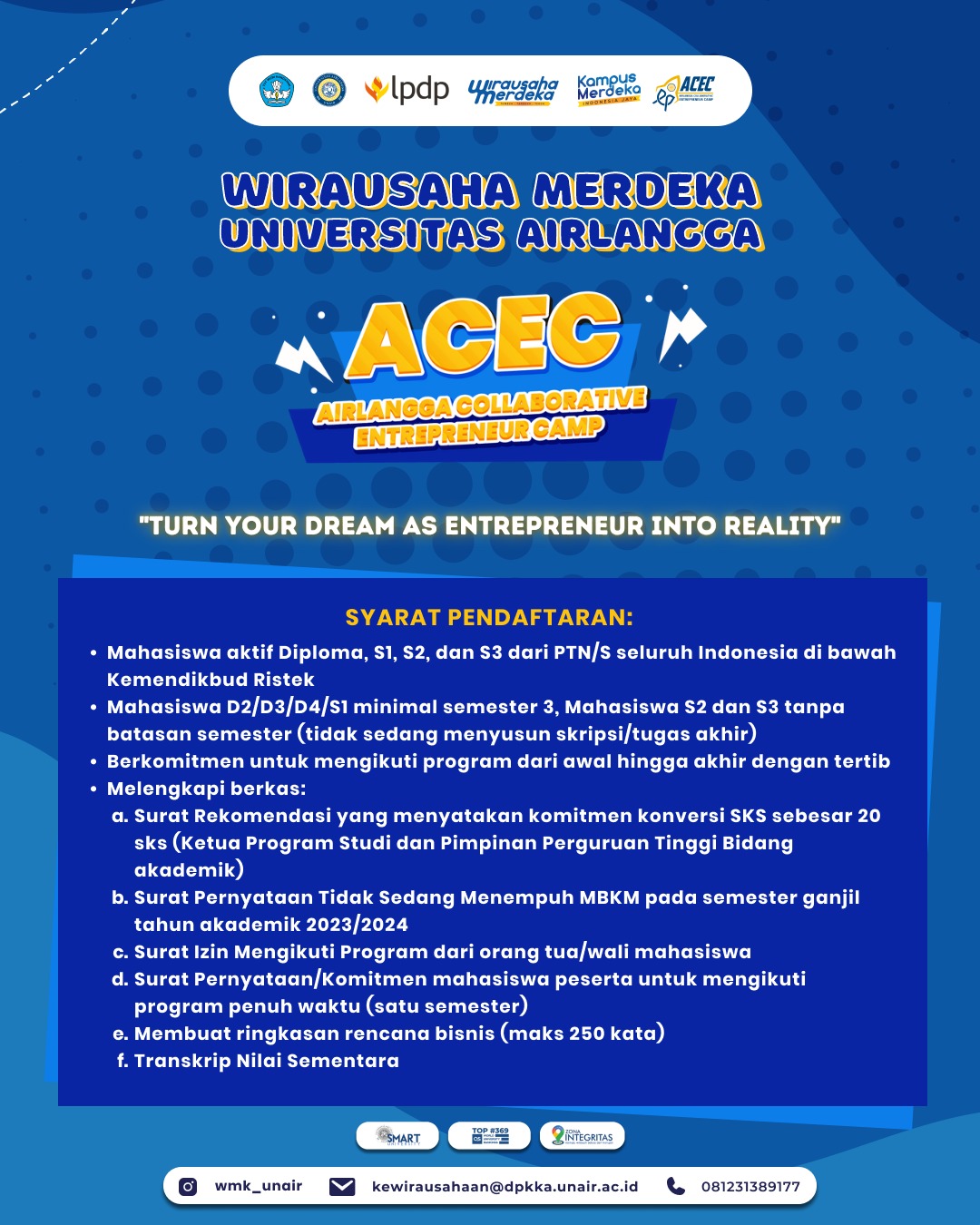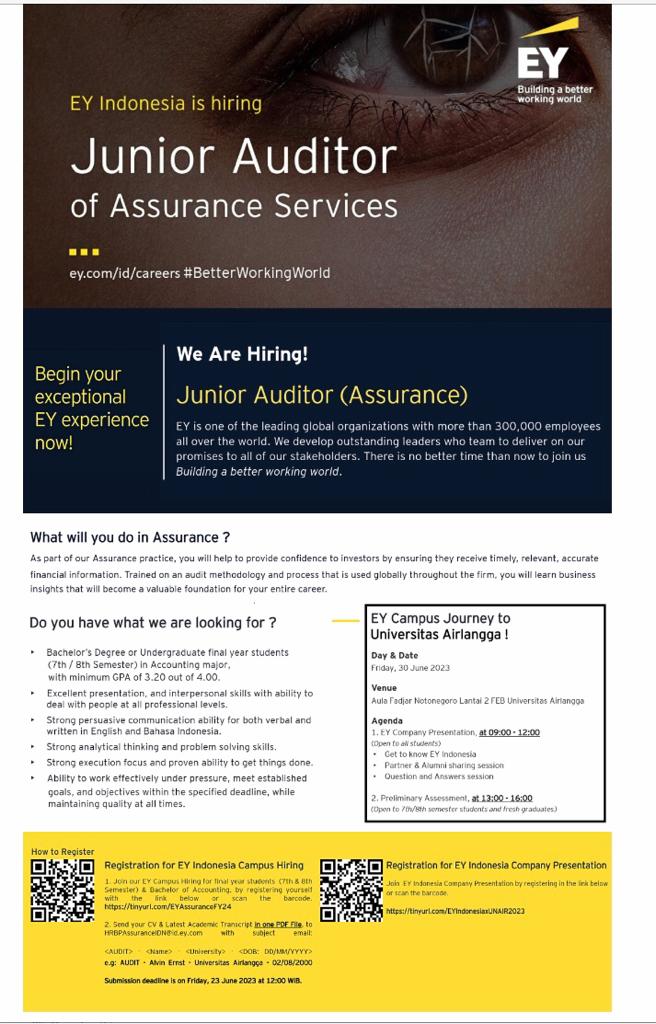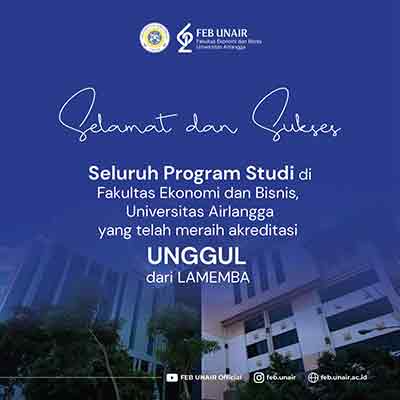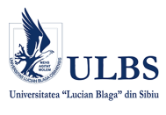EFFICIENCY ANALYSIS
Amount: EFFICIENCY ANALYSIS
Authors: Andewi Rokhmawati
Item Type: Thesis
Memberships: Master of Management Study Program, Faculty of Economics and Business Universitas Airlangga Surabaya, Indonesia
Publisher: Airlangga University
Abstract
This research is motivated by the phenomenon of the preference of stock players in investing their funds in the group of stocks included in the LQ-45 index calculator (the leading stock group) compared to the non-seeded stock group, which is reflected in the large market capitalization value and the high level of liquidity of the stock group. This research was conducted to find out which one is more efficient between the superior stock portfolio and the non-seeded stock portfolio. By proposing a hypothesis whether or not there are differences in return, risk and portfolio efficiency level between featured and non-seeded stocks. The research sample consists of 21 leading stocks and 25 non-seeding stocks which have the largest average positive rate of return and are more than the average 1-month time deposit interest income in 1999. The model used in this study is the Single Index Table, while the tools for testing the hypothesis are statistical test tools, namely the two-average difference hypothesis test, independent test. The test is carried out on the expected-return, risk and level of portfolio efficiency, whether by including risk-free investments or not. The results obtained from this study, whether by including or not including risk-free investments, are that a portfolio of non-preferred stocks is more efficient than a portfolio of non-predatory stocks, the main stocks of which are Tempo Scan Pacific, Tunas Readen, Multi Polar , and Matahari Putra Utama. Meanwhile, the main stocks that make up the non-seeded stock portfolio include Charoen Pokphand Indonesia, Intraco Penta, Trias Sentosa, Tembaga Mulia Semanan, Kedawung Setia Industrial, United Tractor, Bayu Buana, Alakasa Industrindo, Multibreder Adirama Indonesia, Maharani Intifinance, Ensavel Putra Mega Trading. , and Pakuwon Shares. The conclusions obtained from the study are first, portfolios that include risk-free investments produce no differences in expected returns between portfolios of superior stocks and non-seeded stocks. But without including risk-free investments, it is known that there are differences in expected returns, where non-seeded stocks provide a higher average portfolio expected return than leading stocks. Second, a portfolio that includes risk-free investments, it is known that there is a difference in portfolio risk between superior and non-preferred stocks, where the leading stock portfolio provides a higher risk portfolio. Meanwhile, without including risk-free investment, it is known that there is no difference in portfolio risk. The three portfolios that include risk-free investments, it is known that there is a difference in the level of portfolio efficiency between superior and non-seeded stocks, where the non-seeded stock portfolio is more efficient than the leading stock portfolio. While the suggestions put forward are first, the efficient portfolio formed in this study can be used as a benchmark for the shares traded on the JSE and offered by fund managers to investors, can also be taken into consideration in making investment decisions. Second, the variable used to calculate market risk and return is the JCI, which takes into account stocks that are not actively traded. While the samples used are stocks that are included in the ILQ-45 counter and non-seeded stocks that are actively traded. It is recommended that other studies that have the same area as this study use the smallest index which is a combination of the stocks that make up the ILQ-45 and the non-seeded stocks that are sampled in the study. Third, it is necessary to conduct separate research on the reference of stock investors to the risks that must be faced by the level of profit expected by investors. Fourth, it is necessary to conduct in-depth research on the phenomenon that investors are loss averse rather than risk averse, namely investors tend to be willing to take higher risks to avoid losses. Fifth, investors should not only look at returns or risks from each individual stock in forming a portfolio, but must take both into account. Fifth, investors should be careful of stocks that have a large market capitalization.
Keywords: INVESTMENTS; STOCK EXCHANGES
sources: http://repository.unair.ac.id/34813/






